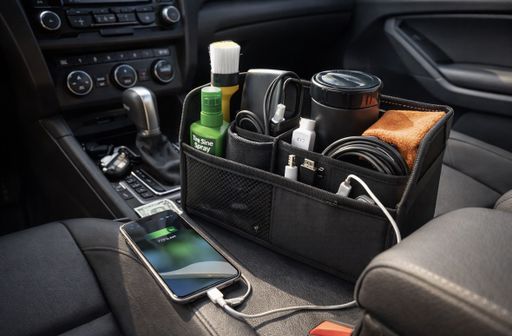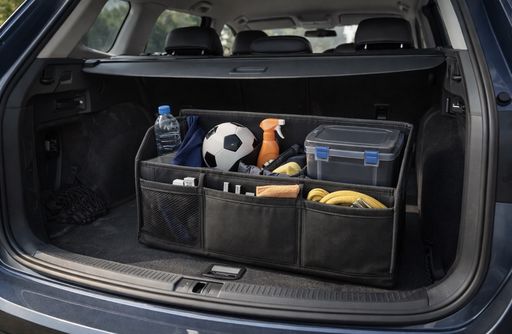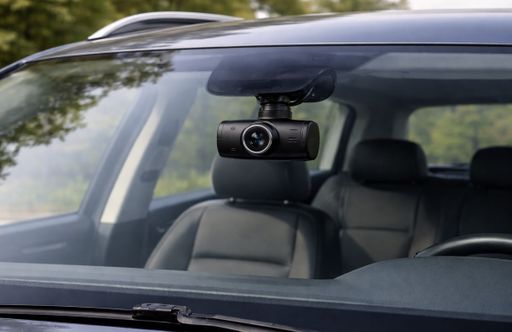Suzuki Vitara vs Dacia Bigster – Różnice i ceny w porównaniu
Porównaj moc (129 KM vs 155 KM), bagażnik i cenę (120800 zł vs 105400 zł ) w jednym miejscu. Sprawdź, który samochód jest lepszym wyborem – Suzuki Vitara czy Dacia Bigster.
Koszty i zużycie
Cena i efektywność to kluczowe czynniki przy zakupie auta – właśnie tu często widać największe kontrasty.
Dacia Bigster ma w niewielkim stopniu przewagę cenową – jego cena zaczyna się od 105400 zł , podczas gdy Suzuki Vitara kosztuje 120800 zł . Różnica wynosi około 15419 zł.
W spalaniu również widać różnice: Dacia Bigster zużywa 4.70 L i jest tym samym prawie niezauważalny oszczędniejszy niż Suzuki Vitara, który spala 5 L. To około 0.30 L różnicy na 100 km.
Silnik i osiągi
Moc, moment i przyspieszenie to klasyczne parametry, na których skupiają się entuzjaści – tu widać ciekawe różnice.
Pod względem mocy silnika Dacia Bigster ma w niewielkim stopniu przewagę – 155 KM zamiast 129 KM. To różnica około 26 KM KM.
W przyspieszeniu 0–100 km/h Suzuki Vitara jest ledwo zauważalny szybszy – 9.50 s wobec 9.70 s. Różnica wynosi około 0.20 s sekundy.
Pod względem prędkości maksymalnej Suzuki Vitara jest ledwo zauważalny lepszy – osiąga 190 km/h, podczas gdy Dacia Bigster kończy na 180 km/h. Różnica to około 10 km/h.
Różnica widoczna jest również w momencie obrotowym: Suzuki Vitara ciągnie minimalny mocniej – 235 Nm wobec 230 Nm. Różnica to około 5 Nm.
Przestrzeń i praktyczność
Wnętrze, bagażnik i ładowność mają kluczowe znaczenie w codziennym użytkowaniu. Liczy się komfort i elastyczność.
Oba samochody oferują miejsce dla 5 osób.
Pod względem masy własnej Suzuki Vitara jest trochę lżejszy – 1255 kg wobec 1425 kg. Różnica to około 170 kg kg.
Pod względem pojemności bagażnika Dacia Bigster oferuje decydowany więcej miejsca – 667 L wobec 375 L. To różnica około 292 L litrów.
W maksymalnej pojemności ładunkowej Dacia Bigster wypada decydowany lepiej – do 1937 L, czyli o około 817 L więcej niż Suzuki Vitara.
Pod względem ładowności Dacia Bigster wypada nieco lepiej – 465 kg wobec 400 kg. Różnica to około 65 kg kg.
Kto wygrywa pojedynek?
Dacia Bigster okazał się dominuje w porównaniu i tym samym zdobywa tytuł DriveDuel Champion!
W tym porównaniu Dacia Bigster to bardziej wszechstronny wybór.

Dacia Bigster
Koszty i Zużycie
Zobacz analizę szczegółową
Silnik i osiągi
Zobacz analizę szczegółową
Wymiary i Nadwozie
Zobacz analizę szczegółową
Suzuki Vitara
Suzuki Vitara to zgrabny i praktyczny crossover, który świetnie czuje się w miejskiej dżungli, a jednocześnie nie boi się żwirowych dróg poza utwardzonymi trasami. Zadowoli kierowców szukających komfortu i rozsądnych kosztów eksploatacji, oferując przy tym pewne prowadzenie i charakter, który nie udaje kogoś więcej niż naprawdę jest.
szczegóły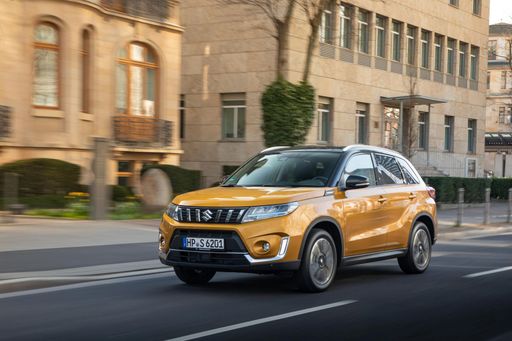
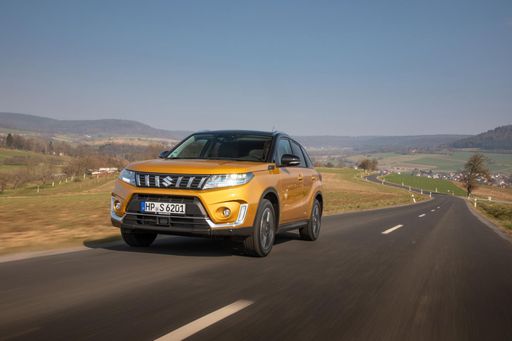
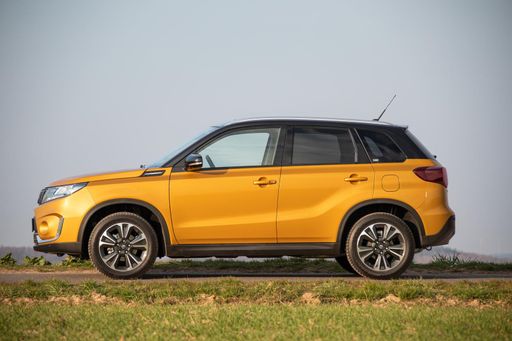
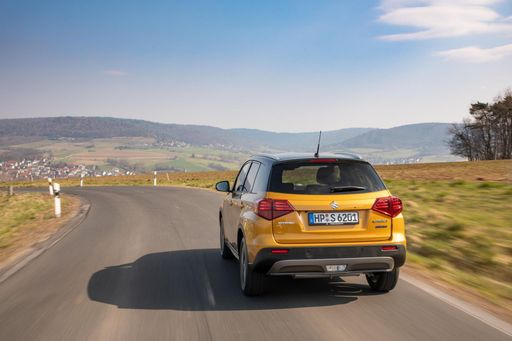
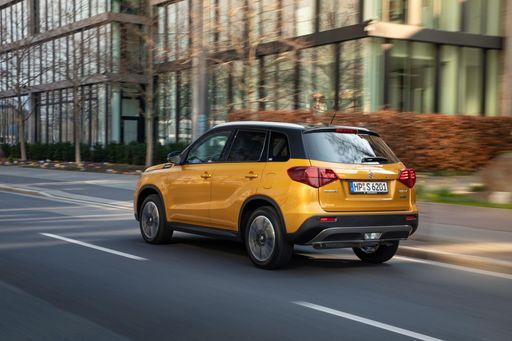
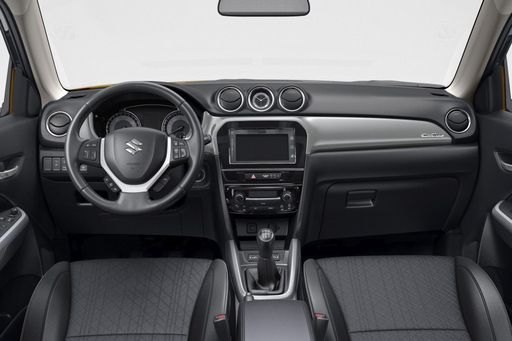
Dacia Bigster
Dacia Bigster to SUV, który stawia na praktyczność i rozsądek — prosty w obsłudze, przestronny i z charakterem, który nie udaje więcej niż jest wart. Dla osób szukających sensownego kompromisu między ceną a funkcjonalnością to solidna propozycja, która nie sili się na luksus, za to chętnie zabierze rodzinę i bagaże tam, gdzie trzeba.
szczegóły
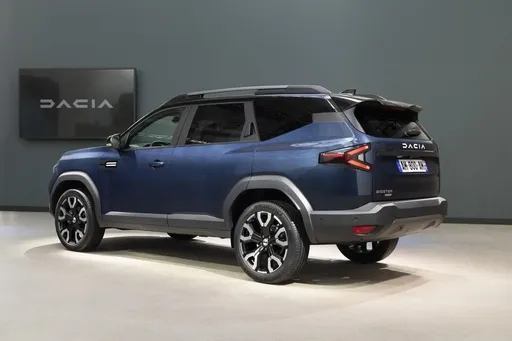

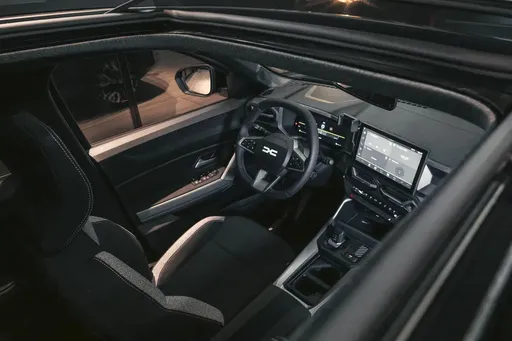
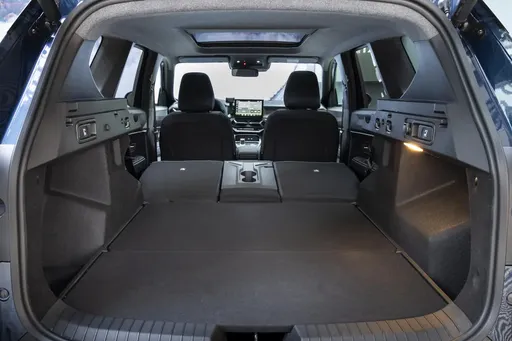
Koszty i Zużycie |
|
|---|---|
|
Cena
120800 - 158400 zł
|
Cena
105400 - 144000 zł
|
|
Zużycie L/100km
5 - 5.9 L
|
Zużycie L/100km
4.7 - 7.2 L
|
|
Zużycie kWh/100km
-
|
Zużycie kWh/100km
-
|
|
Zasięg elektryczny
-
|
Zasięg elektryczny
-
|
|
Pojemność baterii
-
|
Pojemność baterii
-
|
|
CO2
113 - 138 g/km
|
CO2
106 - 134 g/km
|
|
Pojemność zbiornika paliwa
47 L
|
Pojemność zbiornika paliwa
50 L
|
Wymiary i Nadwozie |
|
|---|---|
|
Typ nadwozia
SUV
|
Typ nadwozia
SUV
|
|
Miejsca siedzące
5
|
Miejsca siedzące
5
|
|
Drzwi
5
|
Drzwi
5
|
|
Masa własna
1255 - 1395 kg
|
Masa własna
1425 - 1611 kg
|
|
Pojemność bagażnika
289 - 375 L
|
Pojemność bagażnika
546 - 667 L
|
|
Długość
4185 mm
|
Długość
4570 mm
|
|
Szerokość
1775 mm
|
Szerokość
1813 mm
|
|
Wysokość
1595 mm
|
Wysokość
1705 mm
|
|
Maksymalna pojemność bagażnika
1046 - 1120 L
|
Maksymalna pojemność bagażnika
1851 - 1937 L
|
|
Ładowność
375 - 400 kg
|
Ładowność
434 - 465 kg
|
Silnik i osiągi |
|
|---|---|
|
Typ silnika
Mild Hybrid Benzyna, Hybryda pełna
|
Typ silnika
Mild Hybrid Benzyna, Hybryda pełna, LPG
|
|
Skrzynia biegów
Manuel, Automatyczna
|
Skrzynia biegów
Manuel, Automatyczna
|
|
Szczegóły skrzyni biegów
Manualna skrzynia biegów, Zautomatyzowana manualna, Automatyczna skrzynia biegów
|
Szczegóły skrzyni biegów
Manualna skrzynia biegów, Zautomatyzowana manualna, Automatyczna dwusprzęgłowa
|
|
Rodzaj napędu
Napęd na przednie koła, Napęd na cztery koła
|
Rodzaj napędu
Napęd na przednie koła, Napęd na cztery koła
|
|
Moc KM
110 - 129 KM
|
Moc KM
140 - 155 KM
|
|
Przyspieszenie 0-100 km/h
9.5 - 12.7 s
|
Przyspieszenie 0-100 km/h
9.7 - 10.5 s
|
|
Maksymalna prędkość
180 - 190 km/h
|
Maksymalna prędkość
180 km/h
|
|
Moment obrotowy
235 Nm
|
Moment obrotowy
230 Nm
|
|
Liczba cylindrów
4
|
Liczba cylindrów
3 - 4
|
|
Moc kW
81 - 95 kW
|
Moc kW
103 - 115 kW
|
|
Pojemność silnika
1373 - 1462 cm3
|
Pojemność silnika
1199 - 1799 cm3
|
Ogólne |
|
|---|---|
|
Rok modelowy
2024 - 2025
|
Rok modelowy
2025
|
|
Klasa efektywności CO2
D, C, E
|
Klasa efektywności CO2
D, C
|
|
Marka
Suzuki
|
Marka
Dacia
|
Jakie wersje napędu oferuje Suzuki Vitara?
Dostępne wersje obejmują Napęd na przednie koła lub Napęd na cztery koła.

